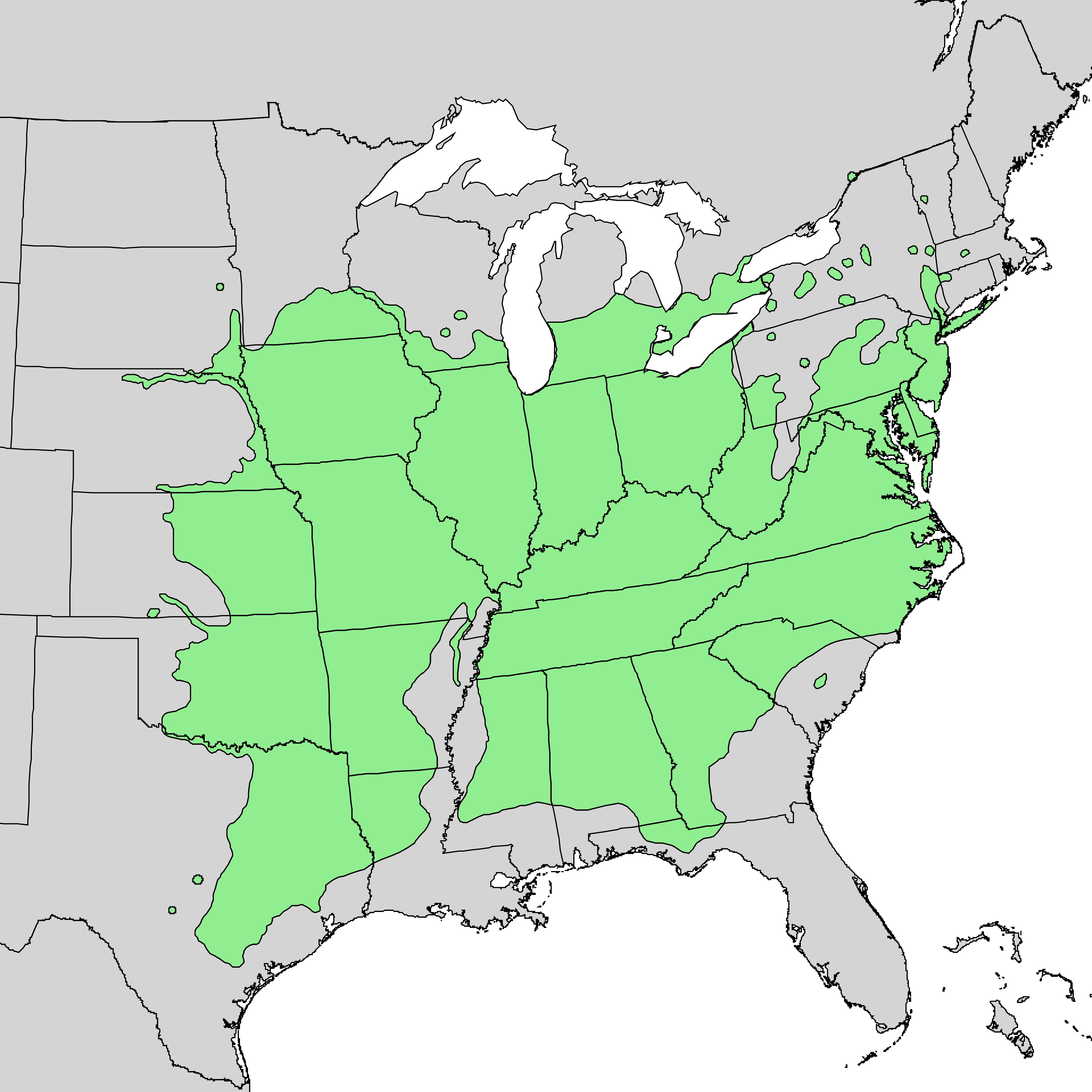
Black walnut (Juglans nigra)
Black walnut, also known as Eastern Black Walnut, Eastern american black walnut
### Benefits:
1. **High-Quality Timber**: Black walnut wood is highly valued for its dark, attractive color and durability, making it sought after for high-end furniture and woodworking.
2. **Nut Production**: The trees yield nutritious walnuts that can be consumed or sold, adding an extra revenue stream.
3. **Habitat for Wildlife**: They offer food sources and habitat for various wildlife species.
4. **Erosion Control**: The deep root systems help stabilize soil and prevent erosion.
### Drawbacks:
1. **Juglone Production**: Black walnut trees release a chemical called juglone, which can be toxic to many surrounding plants, making it challenging to cultivate other vegetation nearby.
2. **Slow Maturation**: These trees take a long time to mature, often several decades, before they can be harvested for timber or produce significant quantities of nuts.
3. **Disease Susceptibility**: They are prone to Thousand Cankers Disease, which can severely affect tree health and longevity.
4. **Maintenance and Cleanup**: Regular pruning and pest management are needed, and fallen nuts can create a cleanup issue.
### Summary:
Black walnut trees are valuable for their high-quality timber and nutritious nuts but present challenges like juglone toxicity, slow growth, disease susceptibility, and maintenance requirements.
Key Facts About Black walnut
Attributes of Black walnut
Scientific Classification of Black walnut
Toxicity
ingestion, significant physical contact with sap